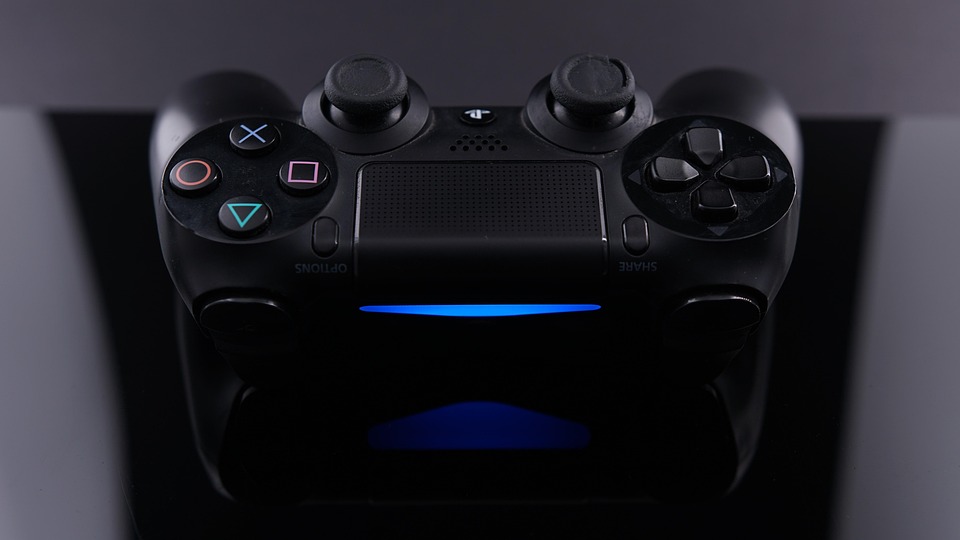As the gaming industry evolves, so does the technology that drives it. Gone are the days when a simple gamepad—with its familiar layout of buttons and joysticks—was the pinnacle of gaming hardware. Today, we are witnessing an exciting transformation in gamepad technology, moving towards adaptive and customizable designs that cater to a diverse range of players. This article explores the future of adaptive gamepad technology and how it is reshaping the gaming experience.
The Changing Landscape of Gaming
Gaming today is more than just a hobby; it’s a cultural phenomenon and a competitive sport. With esports taking center stage and augmented reality (AR) and virtual reality (VR) continuing to grow, the demand for innovative input devices has never been greater. Traditional gamepads, with their fixed button layouts, aren’t always equipped to meet the varying needs of all gamers, especially those with disabilities or unique preferences.
The Rise of Adaptive Technology
Adaptive technology refers to tools and devices designed to improve accessibility and usability for people with disabilities. In the gaming world, this includes features such as:
- Customizable Buttons: Gamepads with the ability to remap buttons allow players to customize their controls according to their own preferences or needs.
- Interchangeable Parts: Many modern gamepads are being designed with interchangeable components. Players can swap out joysticks, buttons, or even grips for a more personalized experience that suits their play style.
- Touch Sensitivity and Gesture Controls: Some future gamepads are integrating advanced touch sensors and gesture control features, enabling players to execute commands with swipes or other movements rather than just pressing buttons.
Notable Innovations
Several manufacturers are leading the charge toward adaptive gamepad innovation:
-
Xbox Adaptive Controller: Microsoft’s groundbreaking device is designed specifically for gamers with disabilities. Its numerous ports for external switches and devices allow for immense customization, promoting inclusivity in gaming.
-
Steam Deck: Valve’s handheld gaming device exemplifies a combination of traditional gamepad features with touch and motion controls, providing players with new ways to interact with their games.
- NVIDIA’s Reflex Technology: While primarily a graphics technology, its integration with adaptive devices enhances the real-time responsiveness and accuracy of inputs, further bridging the gap between traditional play and advanced interactions.
The Role of AI and Machine Learning
The integration of artificial intelligence (AI) and machine learning is set to revolutionize adaptive gamepad technology. These technologies can learn from player behavior, adapting controls and sensitivity to individual play styles or even predicting player needs based on patterns. This dynamic interaction encourages an immersive experience that evolves with the player over time.
The Future of Game Design
As adaptive gamepad technology advances, game developers are also rethinking design philosophies. Games can now incorporate controls that are inherently more flexible, allowing players to choose how they engage with the game, whether through traditional methods, adaptive interfaces, or even via voice commands.
Enhanced Competitive Experience
In competitive gaming, speed and precision are everything. The future adaptive gamepads are likely to focus on reducing latency and increasing accuracy through better materials, faster response times, and customizable settings. Gamers will have access to finely tuned features that allow them to gain an edge over their competitors, enhancing the esports landscape.
Conclusion
The future of adaptive gamepad technology focuses on inclusivity, customization, and cutting-edge interaction methods. As we move forward, the gaming experience will become increasingly tailored to individual needs, providing everyone a chance to participate in this vibrant digital world. With the merger of adaptive devices and advanced technologies, players can look forward to entering games more engagingly and intimately than ever before. Beyond the traditional buttons, we are heading toward a realm of gaming where everyone can play and connect, regardless of their unique requirements. The stage is set for a future where gaming truly belongs to all.



